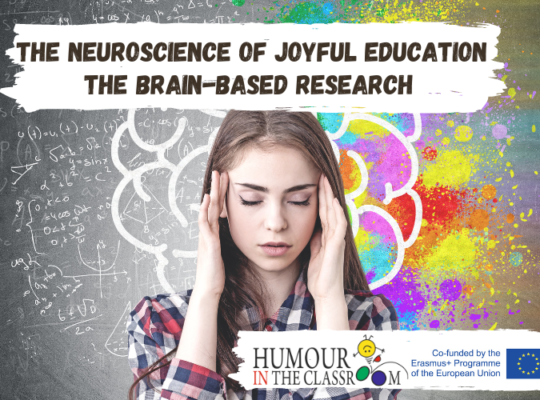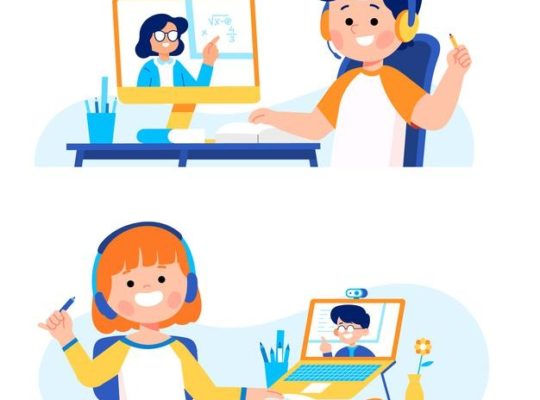Teaching through storytelling dates back thousands of years (Kosa, 2008). According to Coulter, Michael, and Poyner (2007) and Sanchez (2005), storytelling offers much more than casual entertainment within academic settings. Instead, storytelling is a tool that helps students understand the world around them. Storytelling enables students to visualize themselves in similar situations as the characters of the story (Combs & Beach, 1994) and see the relevance of concepts (Eldridge, 2009). Harris (2007) posits that stories allow us to see similarities in our experiences even when we are divided by cultural differences.
In addition, stories make learning more fun and help students remember relevant material (Frisch & Saunders, 2008).
Kosa (2008) asserts that one benefit of storytelling is that stories help teachers reach students of all skill levels because even challenging concepts and theories are easier to understand in story format. Educators ranging from kindergarten teachers through college professors claim that storytelling helps improve student comprehension (Bonney, 1985).
For example, Hadzigeoriou (2006) uses storytelling to help create a sense of anticipation and curiosity about difficult concepts in his physics classes. Grose (2010) teaches her law students not only to construct legal arguments, but also to deconstruct the stories they hear from clients and other attorneys through storytelling. Carruthers (2008) claims that storytelling benefits teachers as well as students because it forces teachers to think more critically about the material they present.
Source: https://files.eric.ed.gov/fulltext/EJ1092135.pdf






